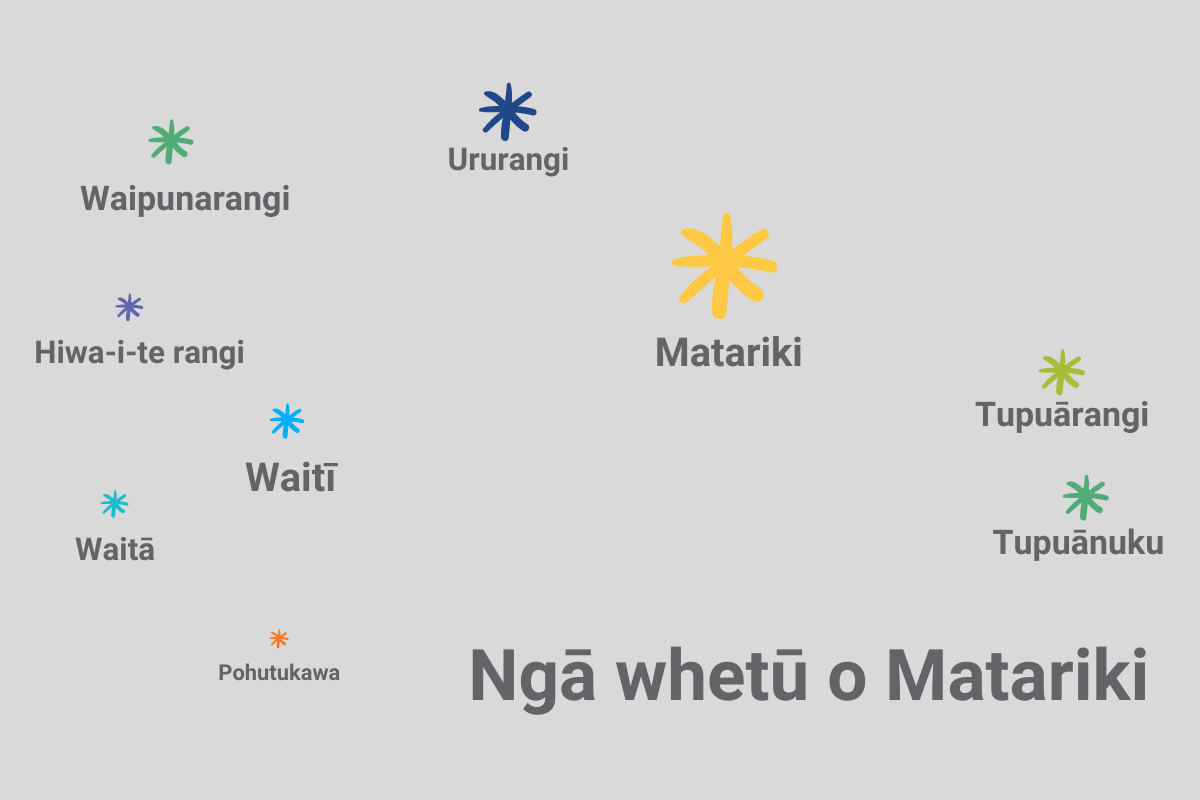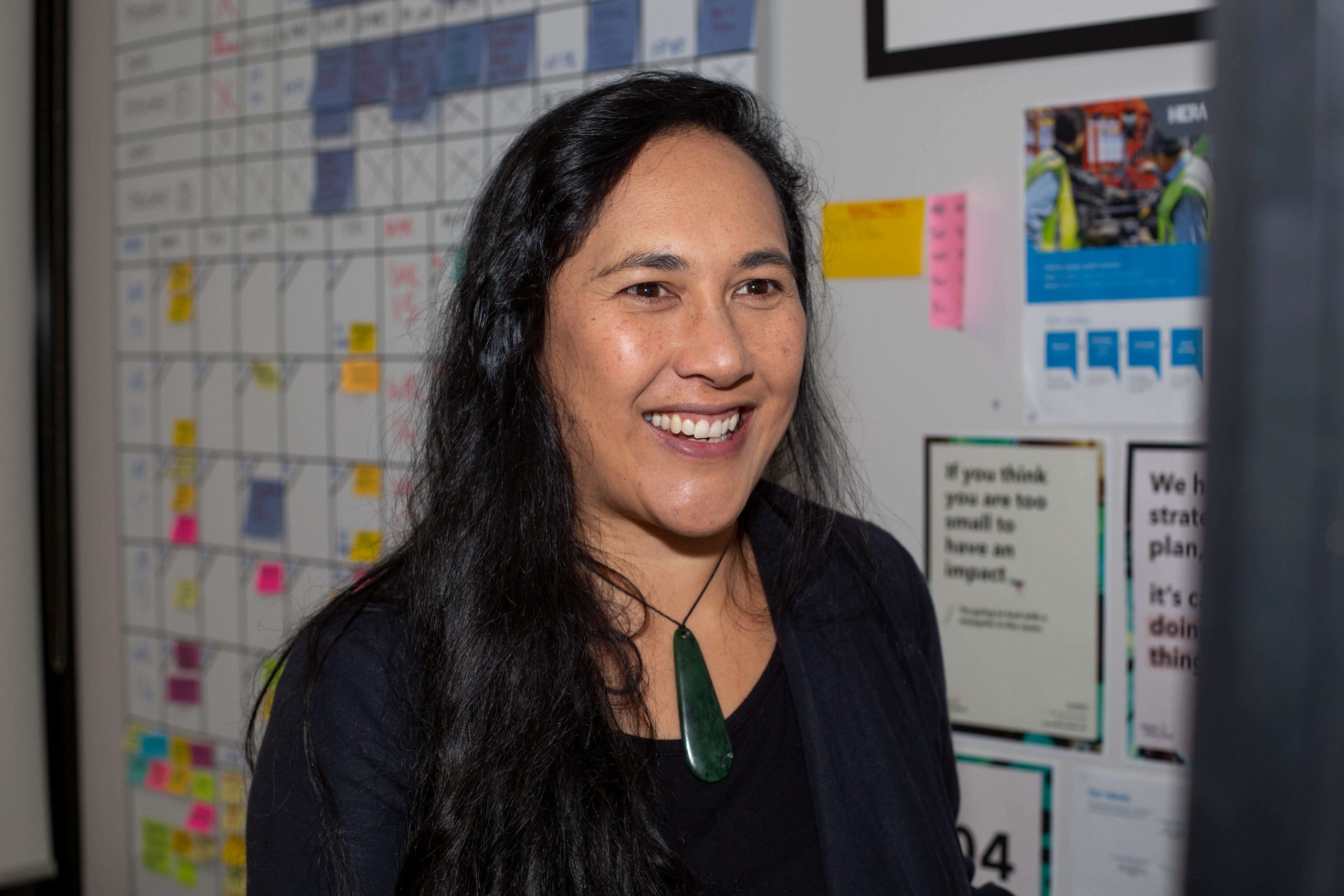This coming Friday will be Aotearoa New Zealand’s first ever Matariki celebrated nationwide.
Although I am totally here for it, for many in our industry Matariki probably just means another ‘day off’ from work.
If that is you, l’d like to challenge that thinking, because in my opinion, what Matariki should represent to you is a signal that a very real tide of change is occurring. One, that as a business in Aotearoa we’d best be on the right side of.
I am of course, well aware that as I write this there will be a few readers who feel perplexed as to why I am sharing content such as this, or why HERA has been talking a lot about mātauranga Māori, Te Tiriti o Waitangi and similar. I get it! The relevance to your business is probably missing for you at the moment.
My ramblings are here to help bridge that gap.
A run down on Matariki
Before I move on to the ‘why you should care’, conversation, I’d like to first reflect on Matariki which has sparked this thought piece.
For Māori, this celebration marks the start of the New Year and is represented by the star cluster known as Pleiades which rises in mid-winter.
The celebration comprises of three key elements:
- To remember those we have lost, particularly over the past year.
- To celebrate the present and who we are by coming together as a family and sharing. And,
- To plan ahead for a brighter future.
It’s nothing too dissimilar to the traditional Gregorian calendar New Years that nationwide we’re all used to counting down to on 31 December! There are two stark differences of course – the first being that Matariki takes place in June, and the second being, this is the first year in which New Zealand will officially celebrate New Years not only according to the culture of the coloniser, but that of the indigenous peoples of Aotearoa too.
Ten reasons why the promise Matariki brings will impact your bottom line
Just last week we sent a poll out to our members on what content they’d like to hear from us, and of the 110 votes that came through – only 9 were for mātauranga Māori and HR innovation. Here’s why that number needs to rise:
1.
Te Tiriti o Waitangi obligations are starting to ripple change in Government approach
The understanding of whether you are a true Te Tiriti partner are starting to determine your relevance to Government organisations.
Just this year alone, we’ve seen Hanga-Aro-Rau (the Workforce Development Group for manufacturing, engineering and logistic) adopt a co-chair governance model within their board to uphold such principles.
We’ve also seen Aotearoa New Zealand’s first emissions reduction plan released which specifically calls for a treaty partnership and a Māori emissions profile, as well as the draft Advanced Manufacturing Industry Transformation Plan (ITP) released which states that partnership is a driving principle.
Such actions are openly acknowledging that Māori play an important role in Aotearoa New Zealand’s future.
2.
Legislation is changing to recognise mātauranga Māori
When Matariki was officially made a public holiday with the passing of the Te Kāhui o Matariki Public Holiday Bill on 12 April 2022, it signalled a Government commitment to start reciprocating the principles of Te Tiriti partnership.
The legislation was also drafted in both te reo Māori and English.
3.
Procurement and funding models need you to show mātauranga Māori alignment.
If you’re in the business of trying to win Government led building and construction projects, then get ready to have to prove your genuine relationship with local iwi and articulate how you plan to add value to the local Māori in general.
Trust me, this is no easy feat. A Māori will sniff out who really cares, and who is reaching out to win a contract. Navigating concepts such as tikanga Māori, Te Tiriti o Waitangi and similar will need to be in your back pocket for iwi engagement.
We have already been hearing back from industry players who have found this tough to do meaningfully. What happened at Ihumatao with Fletcher Building should be a lesson on what a break down in iwi consultation and relationships look like – and help you understand why the Government is putting such heavy weight on meeting these obligations in procurement.
4.
The Māori economy is growing and could be your future employer!
According to Māori business analyst Joshua Hitchcock, in the past 20 years the Māori economy has grown from about $16 billion to $70 billion. In fact, in the past decade the Māori asset base has been growing at 10 percent a year, which is much faster than the overall economy.
The Ministry of Foreign Affairs & Trade also report that Māori own a significant proportion of assets in the primary sectors: 50% of the fishing quota, 40% of forestry, 30% in lamb production, 30% in sheep and beef production, 10% in dairy production and 10% in kiwifruit production.
Add to this, the Governments progressive procurement initiative to help diversify their spend on goods and services to increase Māori business engagement, and it’s not hard to imagine a future where future projects will be coming out of this economy.
Believe me when I say, that these businesses will be looking for a strong alignment in values and relationship before they award a project to anyone. That means mātauranga Māori will need to be embedded in your organisation.
5.
The future workforce is Māori.
By 2030 it is predicted that Māori will represent approximately 30% of the workforce, yet at this stage only represent less than 2% of the scientific/STEM workforce.
To attract and retain such talent, organisations will need to start working now to create an inclusive and welcoming work environment for Māori beyond what they have now.
6.
Skills gap and labour shortages continue to rise and a Māori workforce can help plug it.
In the same vein as #5…. if Māori represent a big chunk of future workforce, why wouldn’t we want to work harder to make our businesses more attractive to them?
We clearly need workers, so investing in making work environments that bring their knowledge to projects seems like a no brainer.
7.
Diversity and inclusion matters.
We all claim to be innovative forward thinking businesses, but this is hard to prove if everyone around your leadership table looks the same.
In the race for diverse thought, having more tangata whenua (Māori) at your table is not only meaningful in your commitment towards acknowledging the obligations of Te Tiriti in your governance models, but it also invites thinking from a different lens.
8.
Sustainability couldn’t be any higher on the agenda when it comes to our industry.
Three years back, many of our members thought HERA was crazy to throw so much energy and resource behind developing a robust sustainability program to reduce carbon emissions for our industry. Fast forward to 2021, and it is safe to say we have been validated!
Believe it or not, a lot of our thinking for this program of work was passed through the lens of Te Ao Māori. The unique relationship that Māori have with the environment can not be underestimated and has certainly helped make the welfare of our environment part of our mātauranga Māori journey.
The Māori relationship to the natural world comes with deep responsibility and connection not only for the ‘now’ but the ‘500 years from now’. This is a concept that HERA embraces wholeheartedly in our own vision to secure tomorrows industry by innovating today.
If you are also trying to demonstrate your sustainability concepts – be sure that as a business in Aotearoa, you also need to come to the same understanding.
9.
The living standards framework calls for us to consider the four capitals through a different lens.
The living standards framework assesses economic contribution of the metals industry through the lens of intergenerational wellbeing based on the growth, distribution and sustainability of four independent capital: human, social, physical and financial, and natural.
Human capital – beyond providing tens of thousands of livelihoods, we contribute to the development of skills and knowledge in the workforce though the provision of traineeships and apprenticeships. In the future, this will have to be developed to openly encourage and welcome more Māori into this mahi.
Social capital – we’re already making significant philanthropic contributions, supporting our local communities through sponsorship and promoting trust within the industry, our customers and the general public, through the development and implementation standards and quality frameworks. But how are we supporting local iwi more specifically?
Physical and financial capital – we help develop and sustain Aotearoa in this space. This is primarily through the supply of vital goods and services used in investments in transport infrastructure, construction and building. As more projects come from the Māori economy space, it is not too far fetched to think that the way we do business will need to adapt.
Natural capital – we help to safeguard natural capital by working to reduce raw material inputs and harmful emissions, promoting and adhering to environmental standards, and conserving air and water quality. Perhaps most conspicuously, the industry safeguards natural capital because the principal metals it produces and uses can be recycled over and over again, without degradation. Through the lens of mātauranga Māori – we may need to consider different view points to this thinking and call for more understanding of our interactions with the natural environment from a kaitiaki (guardian) perspectve.
10.
It’s just the right thing to do!
Where to from here?
Hopefully my ramblings have successfully helped bridge the gap, and you might have a more enlightened view around how mātauranga Māori impacts your business.
Conversations around colonisation, Te Tiriti o Waitangi, white privilege and similar topics are uncomfortable – but a necessary step in our quest to move forward in true partnership.
It only takes a simple public holiday like Matariki to happen for us to be reminded what it might feel like for Māori to live in a society that has been fundamentally shaped by such systems. And of course, the massive significance it brings when change and acceptance comes.
At HERA we’ve been on a journey to respect mātauranga Māori in the mahi (work) we do. In fact, we have a research program in place to understand the intersection between mātauranga Māori and Construction 4.0, and we’re also working hard to develop a practical Māori engagement program for our industry so they can come on the journey with us. We want to create an inclusive environment that embraces what makes Aotearoa so unique and great – our indigenous culture!
If you’re keen to know more, feel free to get in touch with our GM Comms 4.0 Kim Nugent who leads this mahi.
You might also like to check out our podcasts that focus in on conversations around mātauranga Māori in business:

